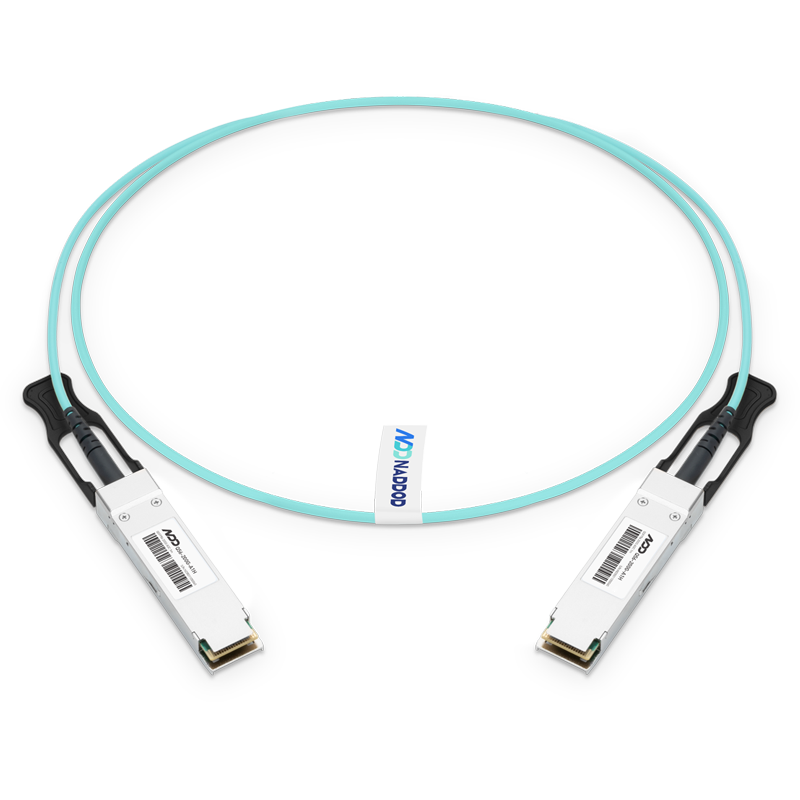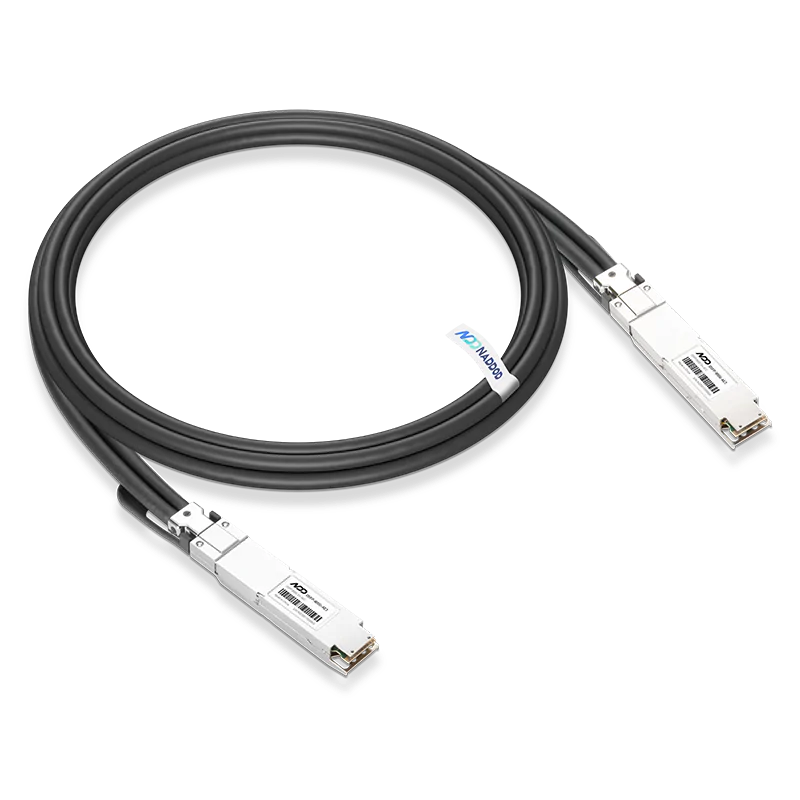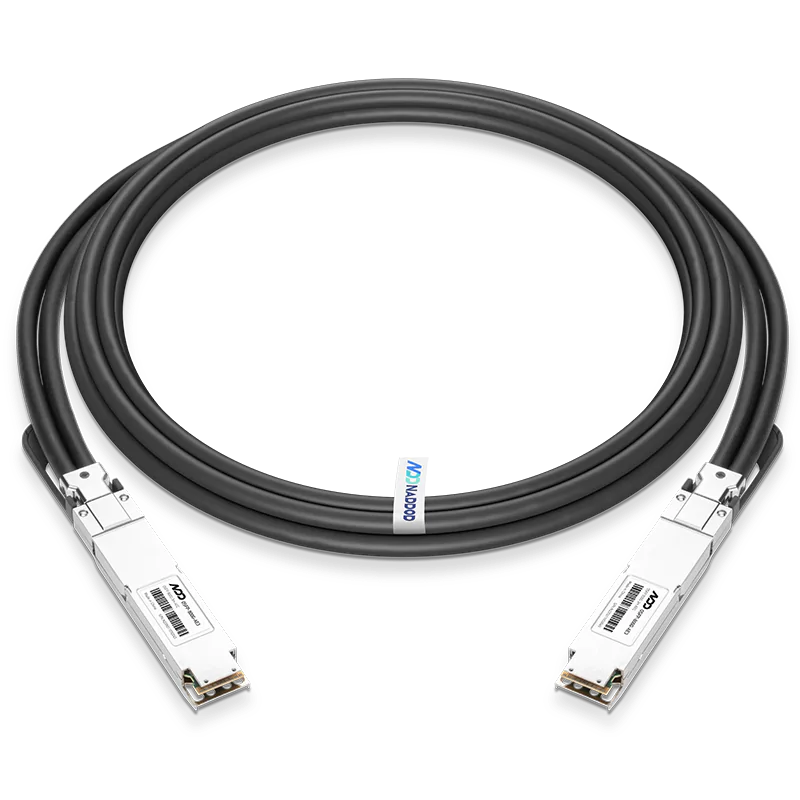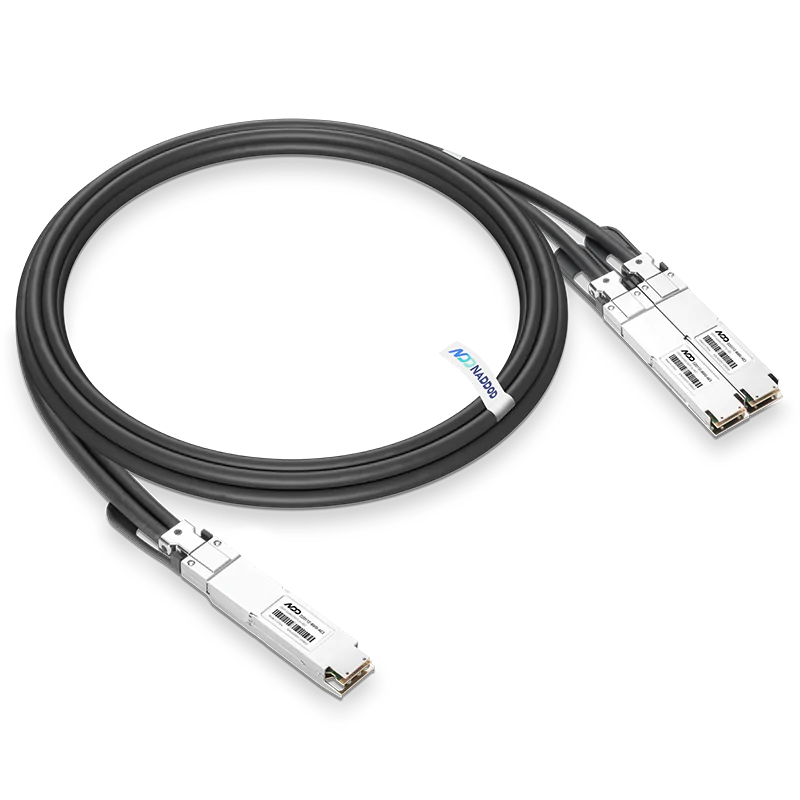The market for high-speed interconnect solutions is experiencing significant growth, with Active Electrical Cables (AEC) emerging as a crucial component in data center architectures. Recent reports from LightCounting predict that the combined market for AEC, Active Optical Cables (AOC), and Direct Attach Cables (DAC) will reach $2.8 billion by 2028. While AOC sales are expected to grow at a compound annual growth rate (CAGR) of 15% from 2024 to 2028, DACs and AECs will see even higher growth rates of 25% and 45%, respectively. This growth trajectory indicates that AECs will gradually gain market share at the expense of AOCs and passive DACs.

What are AECs?
Active Electrical Cables (AECs) are defined by the HiWire Alliance's HiWire AEC specification, which sets out the basic electrical and mechanical standards. AECs support transmission rates of 100G, 200G, and 400G, 800G and come in packaging types such as QSFP56, OSFP, and QSFP-DD. They feature forward error correction (FEC) and cable Retimer functions to ensure fully balanced signals with ultra-low bit error rates.
NADDOD provides AEC cables for high-speed data transmission at 800G, including 800G OSFP AEC cables and 800G O2O112 AEC cables.

Key Advantages of AECs
AECs are crucial for Distributed Disaggregated Chassis (DDC) architectures, overcoming the limitations of DACs in terms of density, weight, and range, and the cost and power limitations of AOCs. They offer several advantages:
- Longer Reach and Higher Signal Integrity: AECs can transmit signals over longer distances, up to 7 meters, thanks to their built-in retimers and amplifiers. These features recondition the signals, removing noise and distortion to ensure high-quality, low-latency data transmission. This makes AECs a versatile solution for applications that require longer cable runs beyond the limitations of passive DAC and ACC cables.
- Power and Cost Efficiency: AECs consume 25% less power than optical alternatives, helping data centers reduce their energy footprint. They are also around 50% more cost-effective than optical components, providing a compelling value proposition.
- Compact and Reliable Design: AECs are smaller and more space-efficient than DACs, saving up to 70% of space within the data center. Their copper-based construction also makes them more reliable and easier to install than optical solutions.
- Stability and Performance: The inherent stability of copper cables, combined with AECs' low error rates and reduced link jitter, ensures consistent cluster performance and reliable operation of large-scale machine learning models. This makes AECs an ideal choice for high-performance computing and real-time data processing applications.
Key Features of AECs
1. Retimers
AECs provide an extended loss budget of up to 30dB. Retimers placed at both ends of the cable recondition the data signals, eliminating noise and amplifying the signals to ensure clearer data transmission. This makes AECs a viable alternative for lengths over 1.5 to 2 meters, offering lower costs compared to optical fibers.
2. Cable Management
AECs can efficiently transmit signals over smaller cable bundles due to their loss and timing reset capabilities. This makes AECs lighter, with a smaller bend radius and longer transmission distances compared to DACs, simplifying cabling and improving cable management.
AECs cater to the evolving needs of data centers, providing a wiring option that allows upgrades without equipment replacement. This enables managers to add more server racks or expand the overall scale of data centers with minimal disruption.
AEC vs. ACC: How to Choose?
Both AEC and ACC are active cables. However, ACC amplifies electrical signals, while AECs not only amplify signals but also include clock data recovery (CDR) to reduce signal jitter. Unlike cables that suffer from significant RF losses due to the skin effect, optical cables use high-frequency optical carriers with minimal transmission loss in glass.
Differences between AECs and DACs
When choosing between AECs and DACs, it's important to consider the specific needs of your network. AECs offer longer reach, typically up to 5-7 meters, due to their retimers and FEC capabilities, making them suitable for more demanding applications. They also provide higher signal integrity by resetting loss and timing planes, ensuring clearer data transmission. While AECs are more cost-effective and consume less power than optical solutions, they do require some power (around 6-12 watts). On the other hand, DACs are better suited for shorter connections, usually up to 2-3 meters. They are generally cheaper than AECs at lower volumes and don't require power, making them ideal for applications where power consumption is a concern.
Pros and Cons of AECs
Advantages:
- Reset loss and timing planes (reconditioned signals; noise elimination).
- Longer cable lengths (up to 5-7 meters) with a 30dB loss budget.
- Greater design freedom between ASIC and I/O due to more internal channel budget.
- Smaller cables compared to DACs, improving airflow and simplifying cabling.
Disadvantages:
- Require power (around 6-12 watts), generating heat.
- Higher cost compared to DACs at lower volumes.
- Increased latency.
Applications of AECs
AECs are primarily used for Top-of-Rack (ToR) and server connections, as well as distributed chassis configurations, with each rack capable of accommodating up to 500 cables. As new high-performance software workloads emerge, having reliable and cost-effective 400G and future high-speed interconnect solutions is crucial.

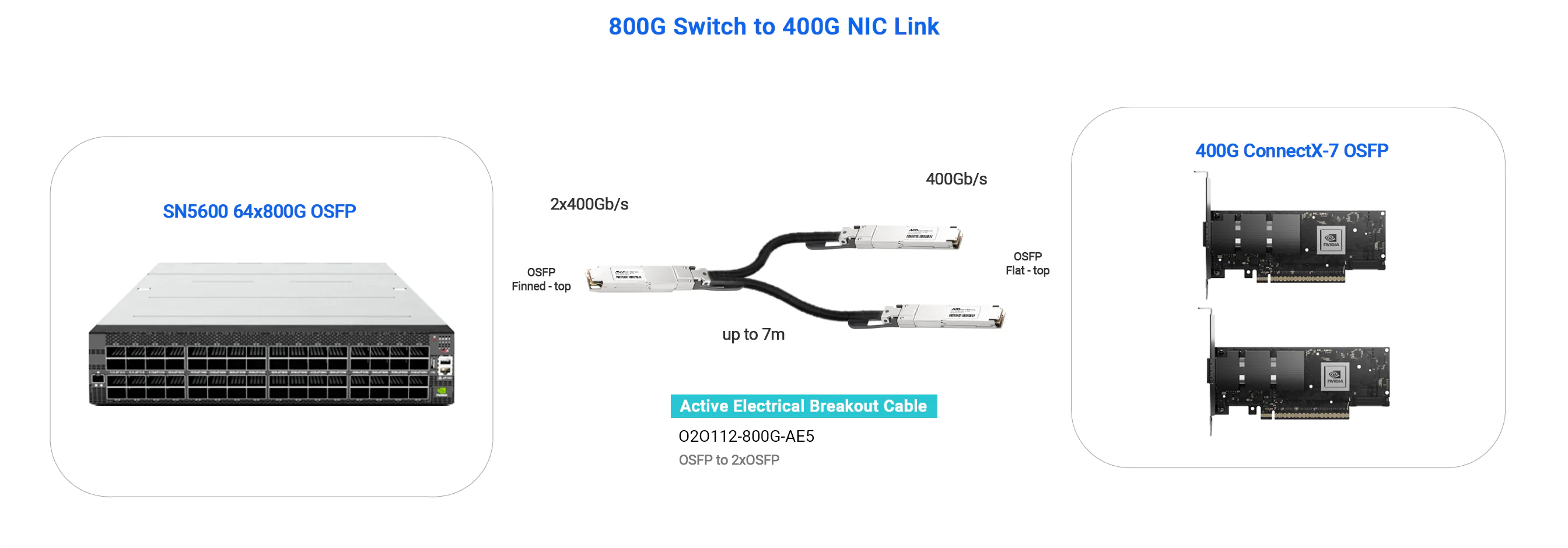
Choose NADDOD for Comprehensive Data Center Connectivity Solutions
As data centers evolve to meet the growing demands of modern computing, selecting the right connectivity solutions becomes crucial. NADDOD offers a comprehensive range of optical and electrical connectivity products to address the diverse needs of today's data center architectures.
Our product portfolio covers all data rates of multimode and single mode transceivers, fiber optic cables, and a complete range of DAC, ACC, AOC, and AEC cable solutions. This extensive offering ensures that we can provide the most suitable connectivity options for various applications, including enterprise networks, data centers, 5G infrastructure, and high-performance computing environments.
NADDOD's team of experienced engineers is committed to helping you navigate the selection process, ensuring you achieve higher data rates, lower power consumption, and enhanced reliability. We tailor our solutions to meet your specific requirements, allowing you to build a robust, scalable, and efficient data center infrastructure ready for the challenges of tomorrow.
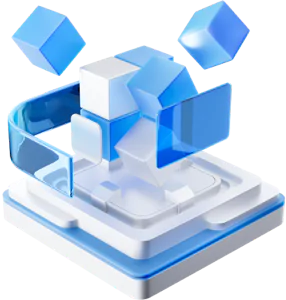
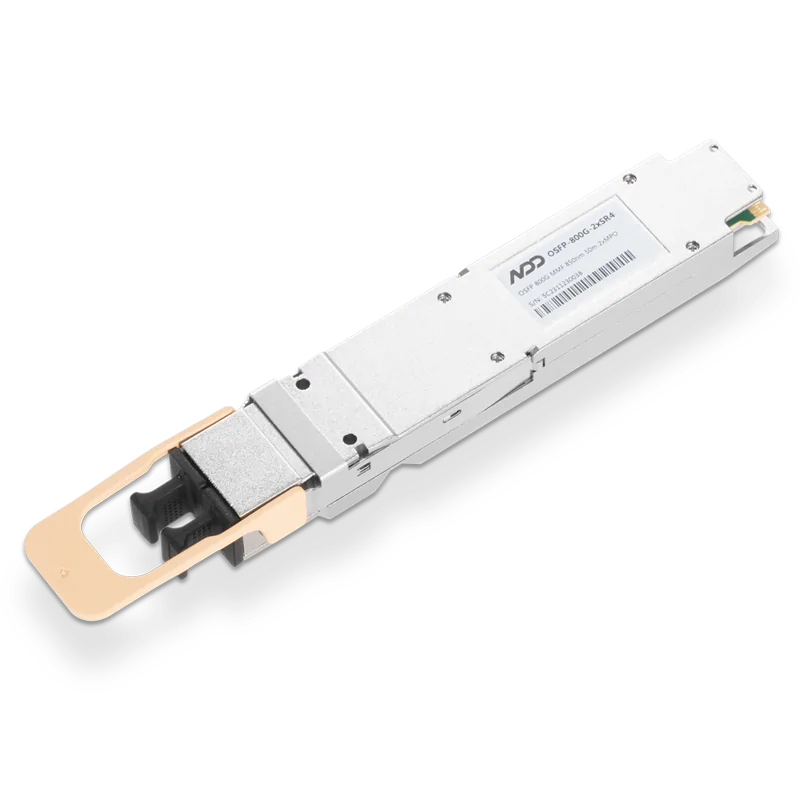 800GBASE-2xSR4 OSFP PAM4 850nm 50m MMF Module
800GBASE-2xSR4 OSFP PAM4 850nm 50m MMF Module- 1Elon Musk Begins Training xAI LLM With 100,000 Liquid-Cooled NVIDIA H100 GPUs
- 2Configuring 51.2T Switch for Scalable AI Networking
- 3High Speed Copper Cables Applied in Data Centers
- 4Introduction to Open-source SONiC: A Cost-Efficient and Flexible Choice for Data Center Switching
- 5OFC 2025 Recap: Key Innovations Driving Optical Networking Forward





